Project MINI RACK - what have we started??
Today I set up a new DeskPi RackMate 12U model, the T2, and compared it to the other existing models (T0 / 4U and T1 / 8U)... and I have to ask: at what point are these racks not 'mini' anymore?
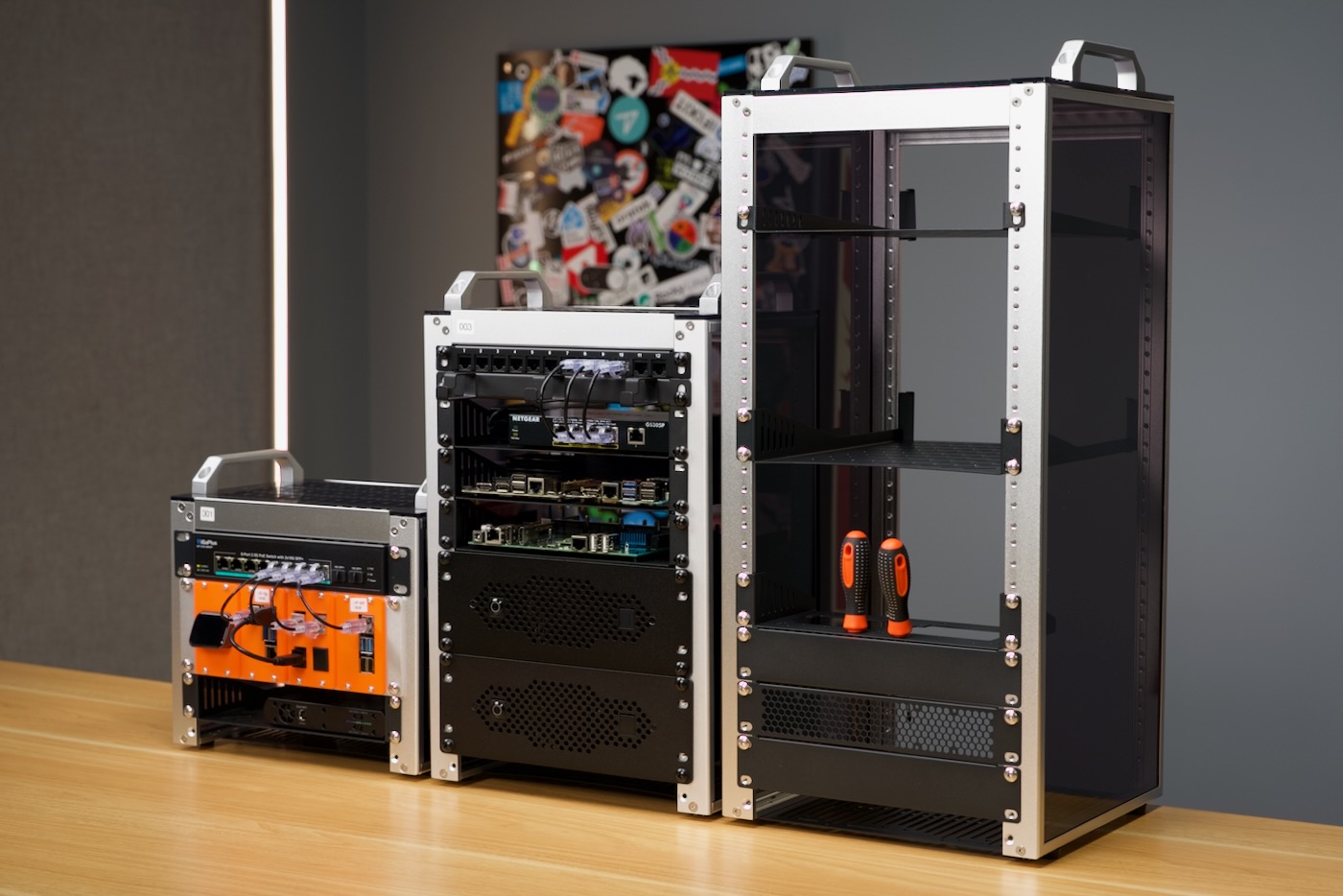
Today I set up a new DeskPi RackMate 12U model, the T2, and compared it to the other existing models (T0 / 4U and T1 / 8U)... and I have to ask: at what point are these racks not 'mini' anymore?

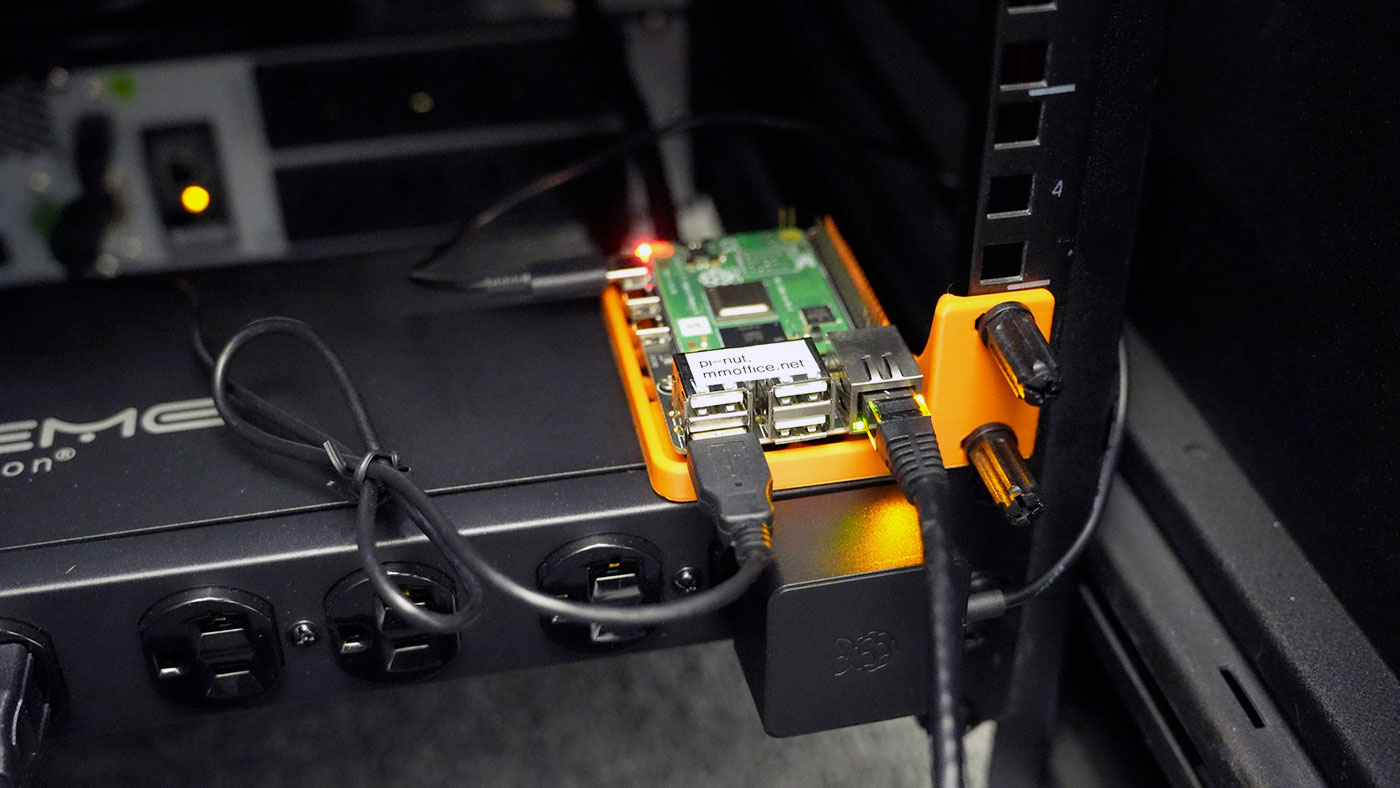
A few weeks ago, power went out for the first time in my studio space, and that meant all my servers just had power cut with no safe shutdown.
Handling power outages is never a top priority... until it's the only priority! And by then it's usually too late! Luckily for me, no data was lost, and my servers all came back up safely.
This week the power company emailed and said they'd be cutting power for maintenance next week, but they don't have an exact time. So it's even more excuse to finally set up NUT on a Pi!
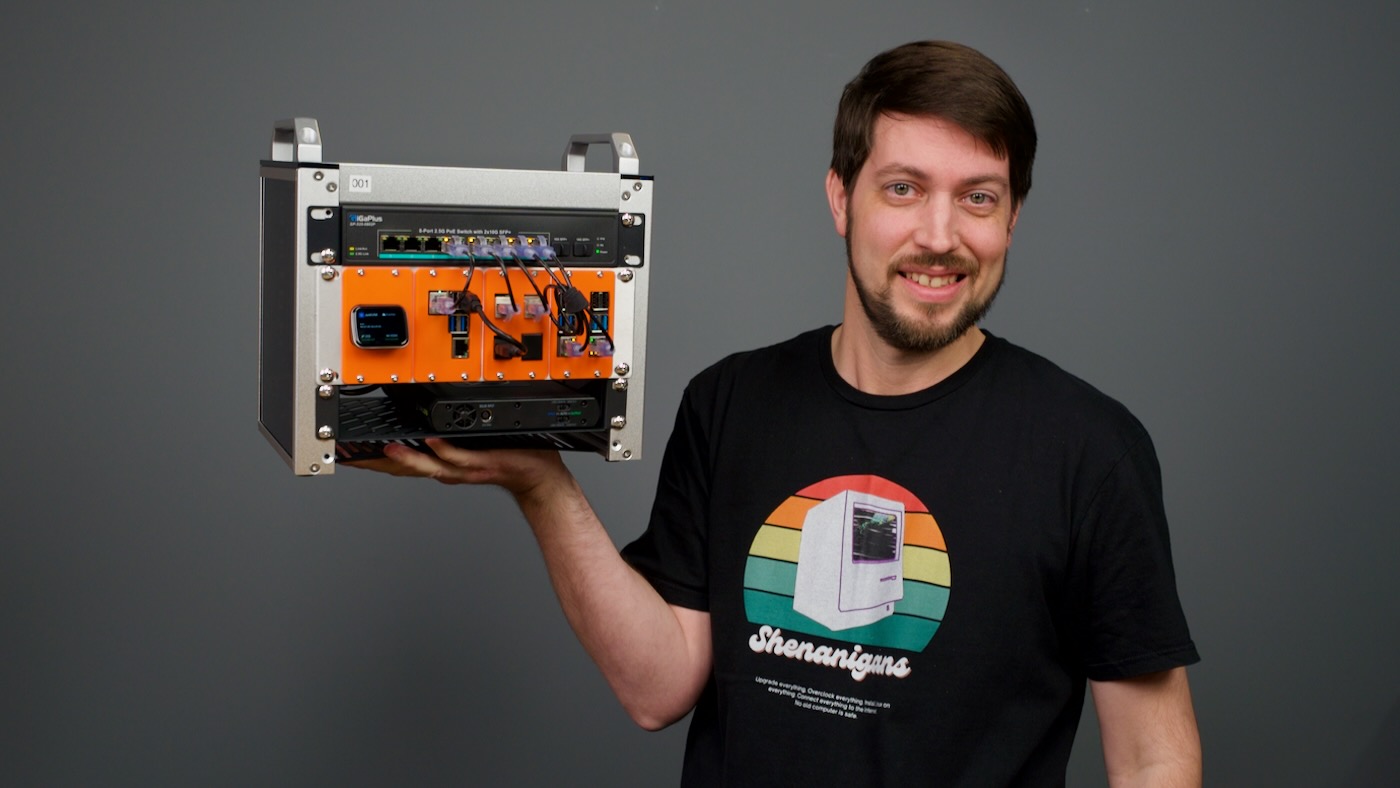
Today I'm announcing Project MINI RACK, an open source project to help those building homelabs, RF/wireless rigs, and other electronics projects into mini 10" racks.
Cores are the new megahertz, at least for enterprise servers. We've gone quickly from 32, to 64, to 80, to 128, and now to 192-cores on a single CPU socket!

Amazon built Graviton 4, Google built Axiom, but if you want your own massive Arm server, Ampere's the only game in town. And fastest Arm CPU in the world is inside the box pictured above.
It has 192 custom Arm cores running at 3.2 Gigahertz, and in some benchmarks, it stays in the ring with AMD's fastest EPYC chip, the 9965 "Turin Dense", which also has 192 cores.
High-core-count servers are the cutting edge in datacenters, and they're so insane, most software doesn't even know how to handle it. btop has to go full screen on the CPU graph just to fit all the cores:
I test servers on a temporary basis a lot, and many enterprise servers don't have as user-friendly external port indications, or little OLED displays to provide useful information. They're no-frills because they don't need frills, you just deploy them and they run for years.
I often need to gain access to the server's IPMI/BMC interface to manage the server remotely, and it's not always obvious what IP address is assigned if you don't manually assign one via your router and a MAC address.
I could scan my network for the IP address, but assuming I have the server booted and it's a modern Supermicro or other standard system, I can use ipmitool to grab the BMC IP:

Despite what it looks like, this isn't a hot-rod Apple Watch. This is an IP KVM. What does that mean? It's basically a remote control rocket pack for any computer, from a giant tower PC, to a little mini PC you might run in your homelab.
It's called JetKVM, and the team behind it sent me two to test out.
BIG SCARY DISCLAIMER: The JetKVM is currently on Kickstarter. If you decide to back it, and they don't deliver, that's... actually pretty common. I did back their Kickstarter, and I think they'll deliver, but there are no guarantees.
BuildJet did not pay for this post, and I am not sharing in any profit, or even using an affiliate link. I just saw this tiny KVM come across my feed, thought it looked amazing, and asked if I could test it out.
With the Raspberry Pi 5's exposed PCI Express connector comes many new possibilities—which I test and document in my Pi PCIe Database. Today's board is the Geekwork X1011, which puts four NVMe SSDs under a Raspberry Pi.
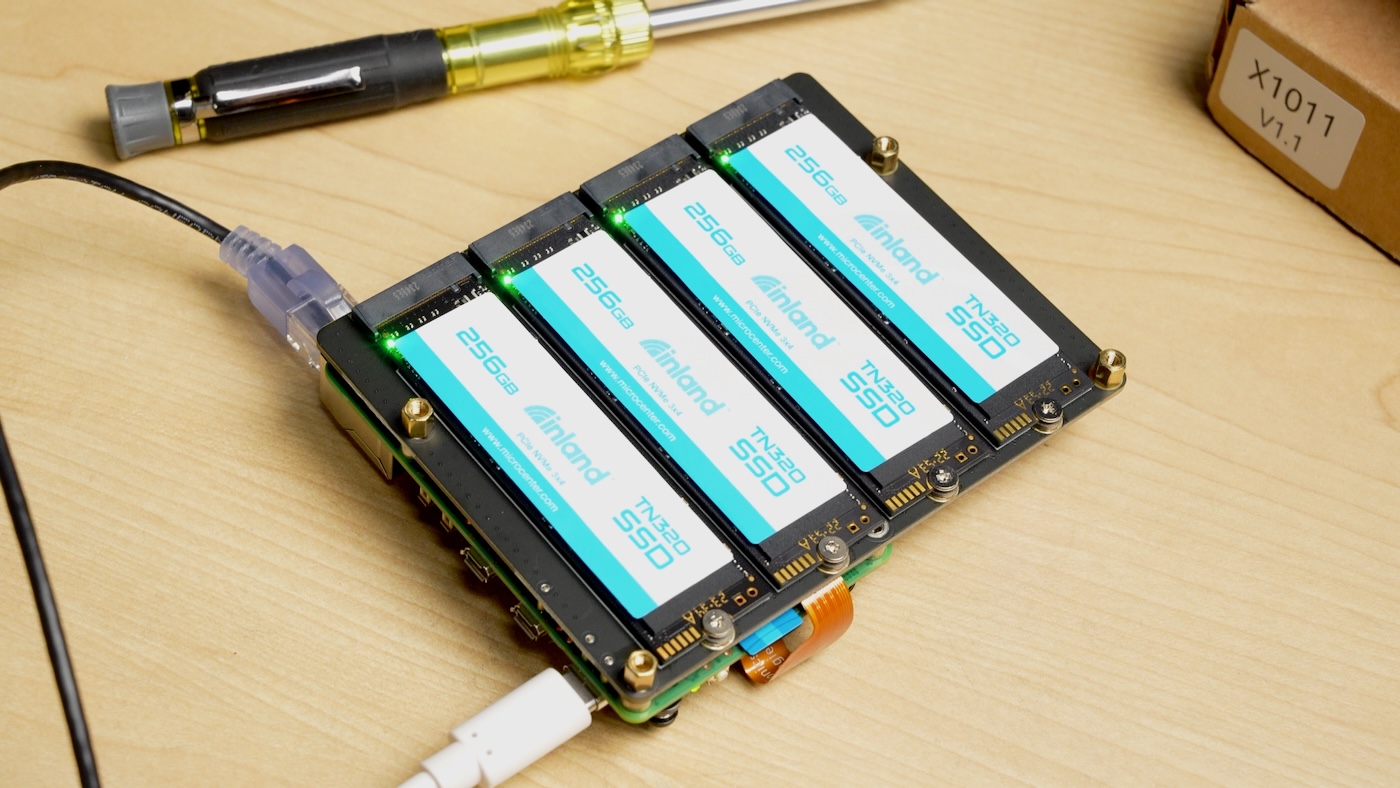
Unlike the Penta SATA HAT I tested last month, this carrier uses thinner and faster NVMe storage, making it a highly-compact storage expansion option, which has the added benefit of freeing up the top of the Pi 5 for other HAT expansion options.
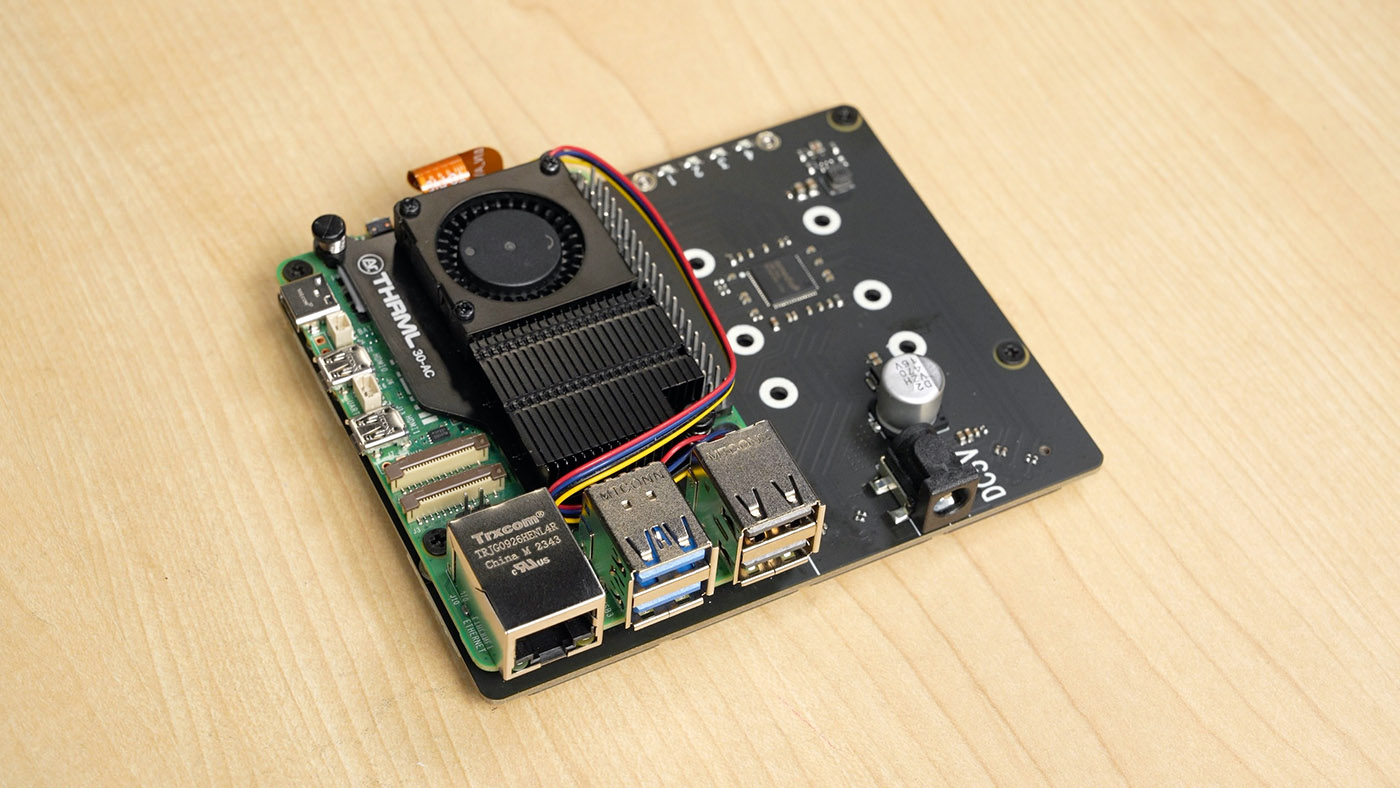
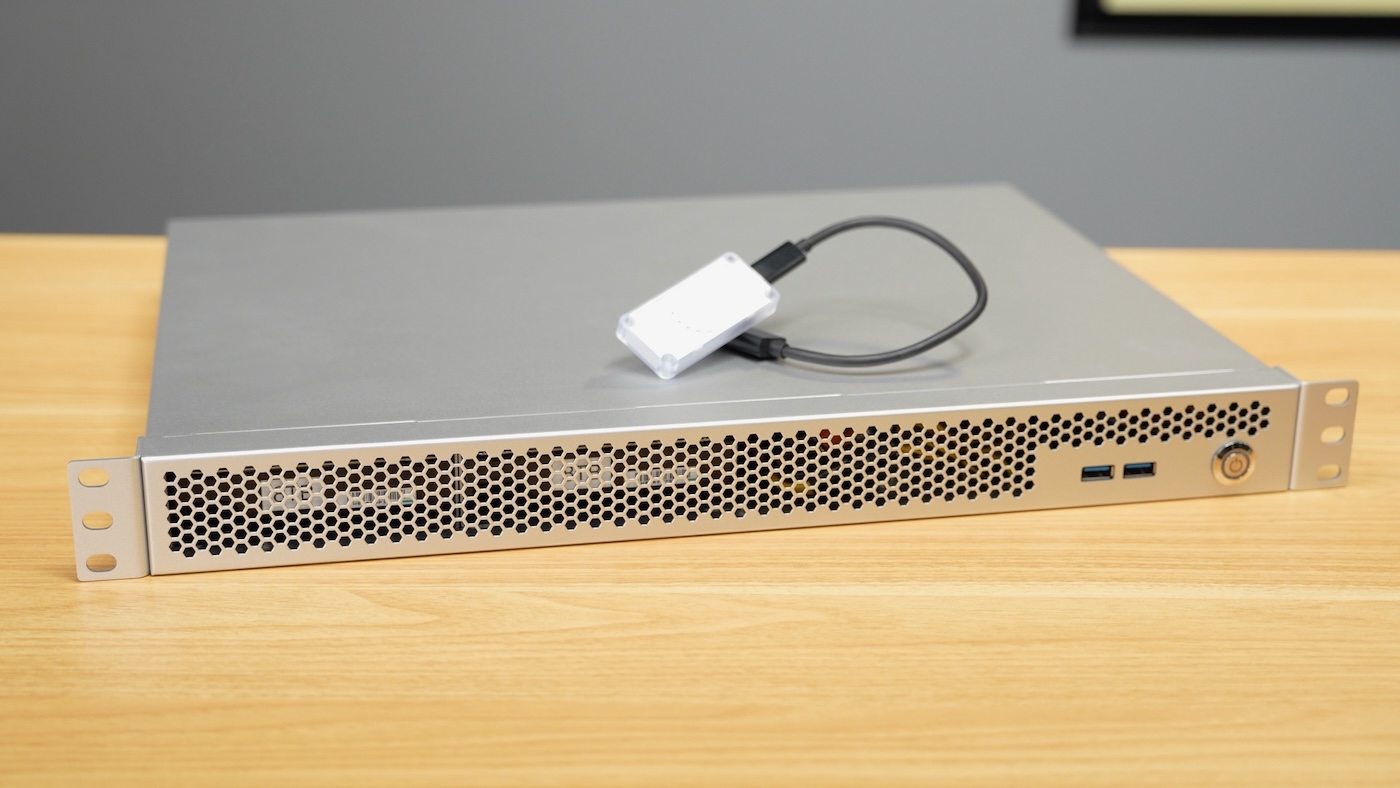
In today's video, I walked through setting up Axzez's Interceptor 1U case with a Raspberry Pi as a Frigate NVR, or Network Video Recorder.
Doing so allows me to plug multiple PoE security cameras straight into the back of the device, and record their IP video streams to disk (the case has space for up to 3 hard drives or SSDs). And by adding on a USB Coral TPU, I can also run inference on frames where motion is detected, and identify people, cars, bikes, and more using built-in object recognition models.
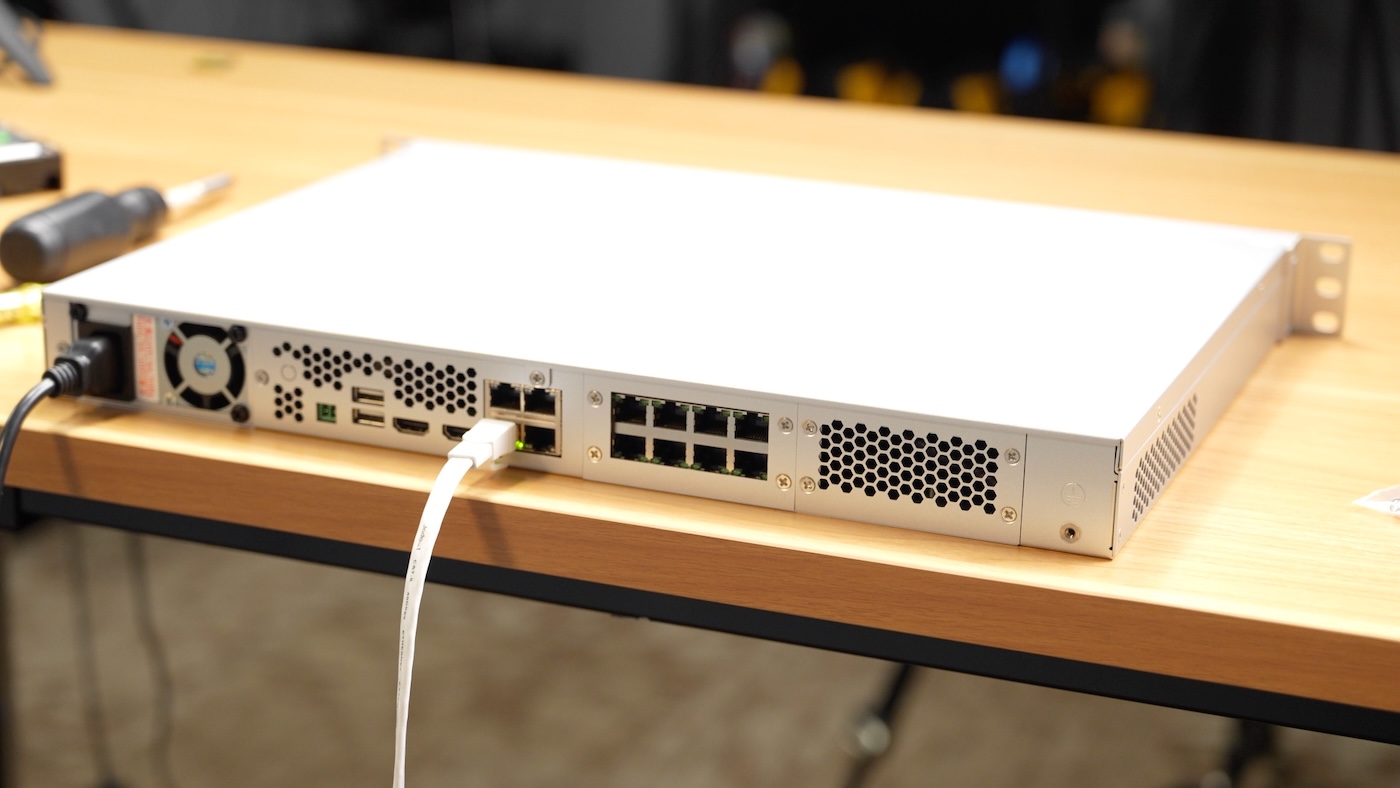
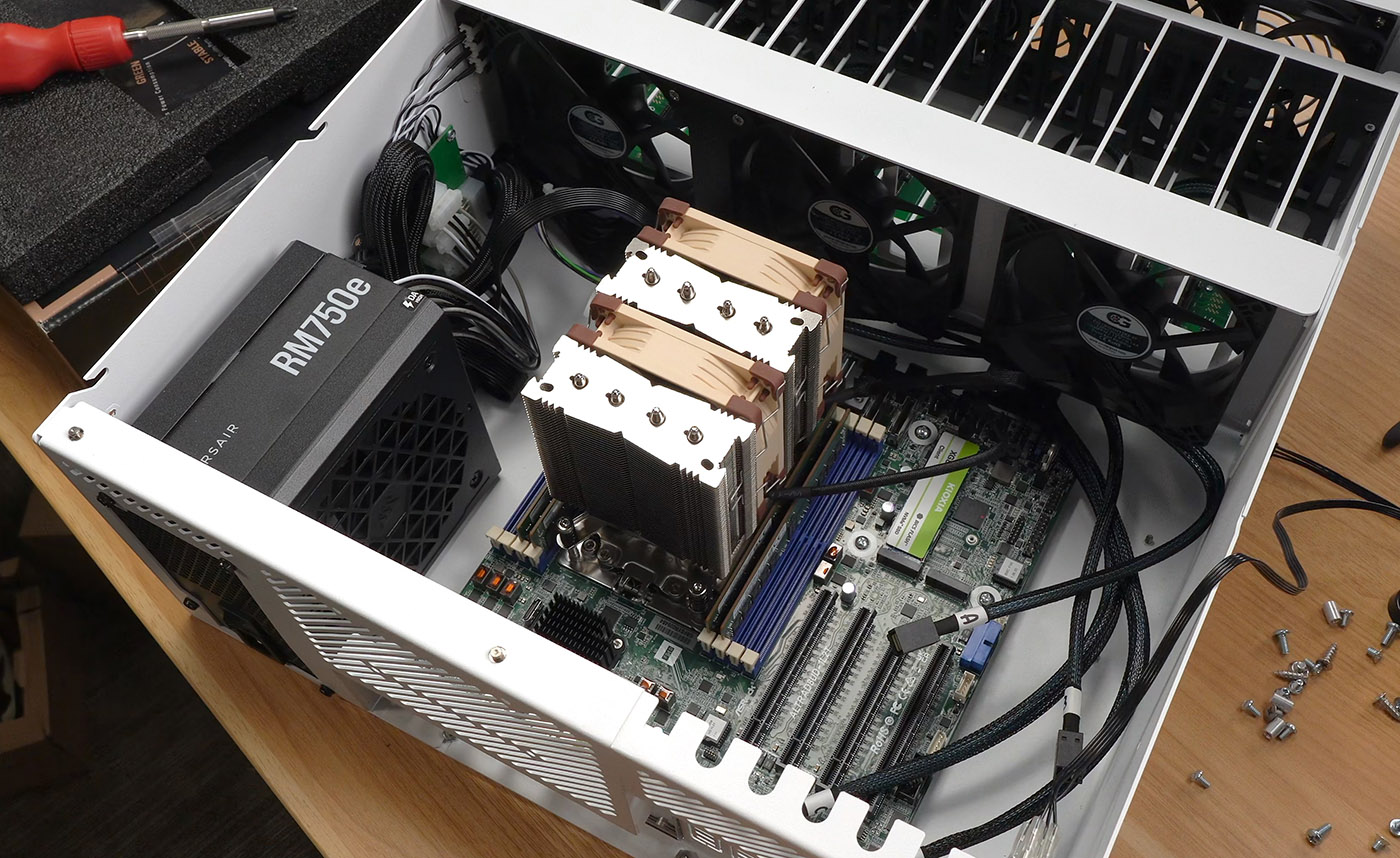
It's not cheap, but it's efficient. At least, that's my hope.
Over the past few months, I worked with a number of vendors to assemble what I hope will make an efficient but high-performance arm64 NAS. In the video embedded below, I've put together the following (some of these links are affiliate links):
Since I've done this four times now... and each time it's just a session of reading the docs, searching the forums, etc. until I get everything configured just so, I thought I'd document how I bring up a new MikroTik switch.
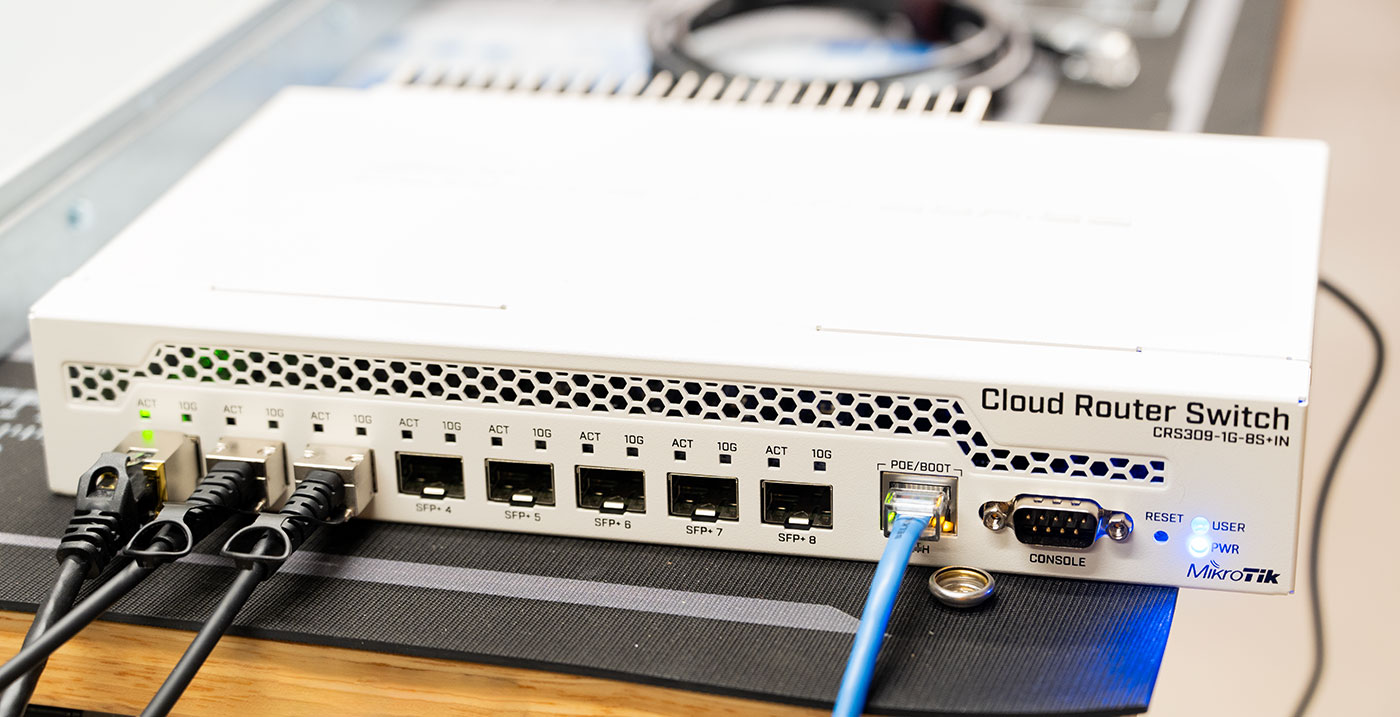
I personally love the CRS309-1G-8S+IN, and have three of them running in my homelab. They're less than $250, with 8 10 Gbps SFP+ ports, a 1 Gbps RJ45 port, and a serial console port.
But the best thing for my home use is they are fanless. Blissful silence, outside of a couple beeps the first time you plug it in.